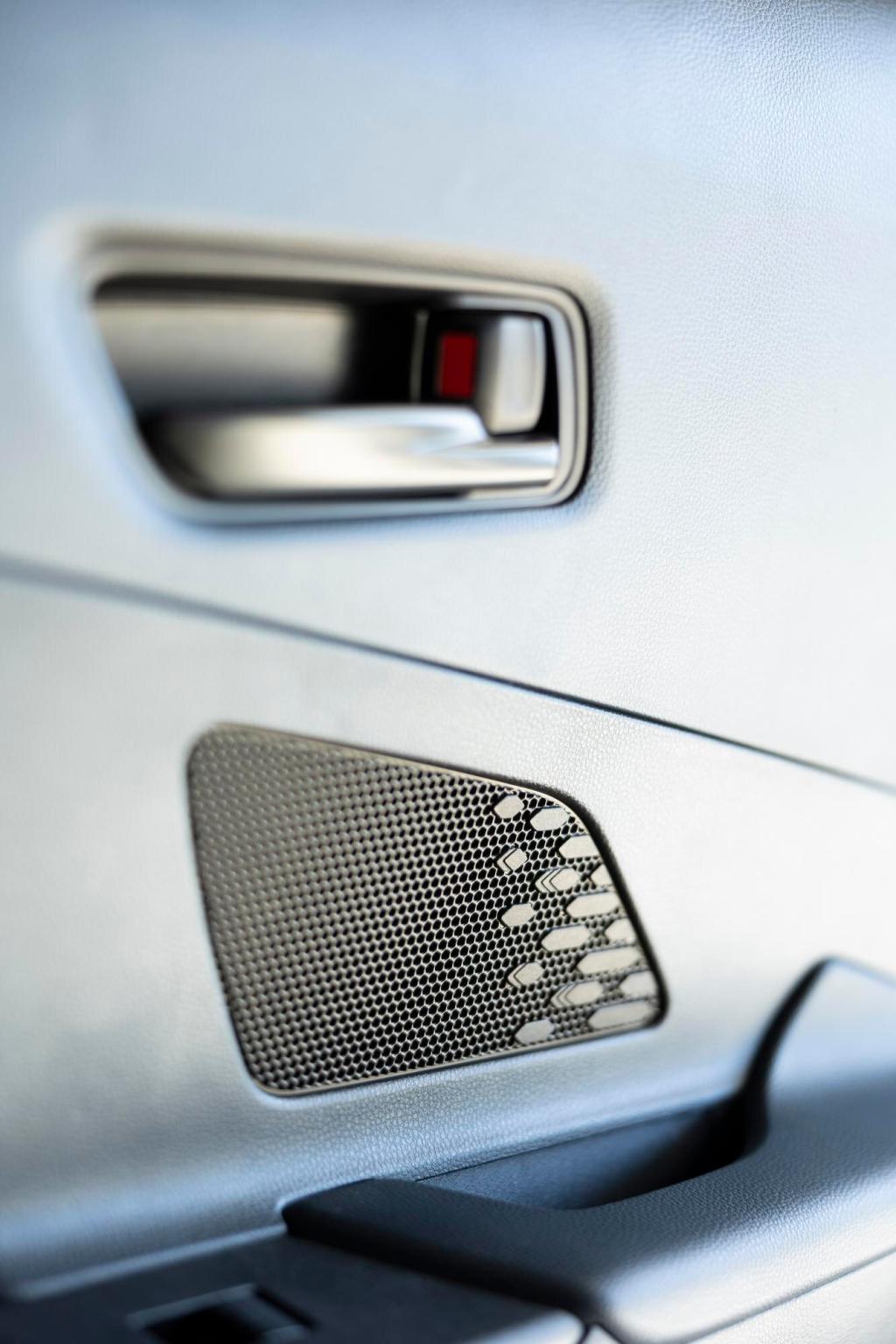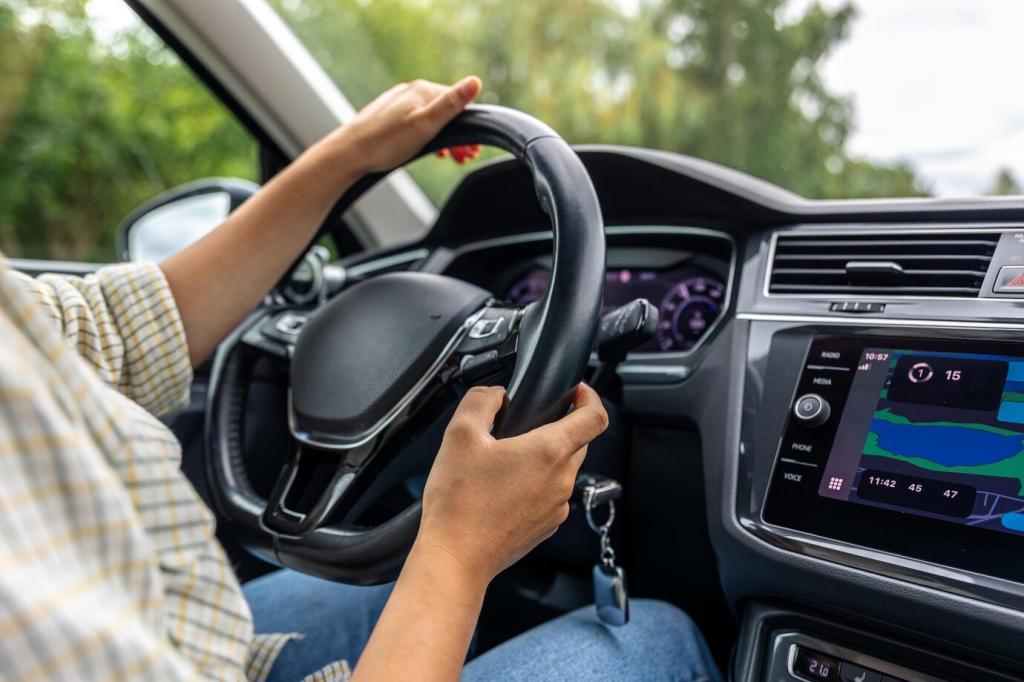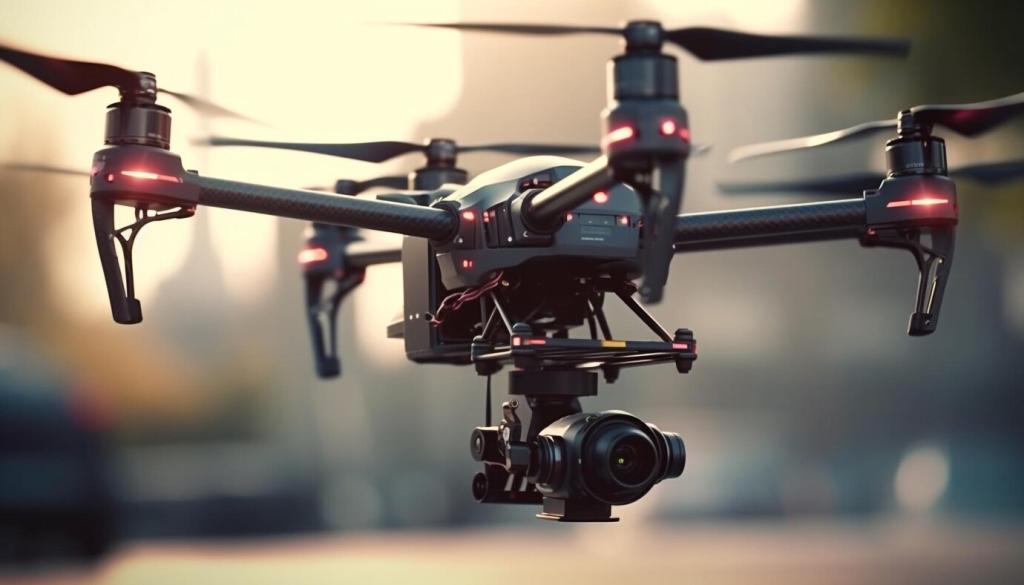Data Management in IoT-Driven Vehicle Designs
Data management has become a cornerstone in the evolution of IoT-driven vehicle designs. As vehicles are increasingly equipped with advanced sensors and connected devices, tremendous amounts of data are generated in real time. Effectively managing this data not only ensures seamless vehicle operation but also unlocks opportunities for enhanced safety, efficiency, and user experience. This page explores the crucial facets of data management within the context of IoT-integrated vehicles, emphasizing architectural strategies, data lifecycle, challenges, and future trends.


Onboard data collection is fundamental to the function of modern connected vehicles. Sophisticated arrays of sensors, including cameras, lidars, and telematics units, continuously gather data about the vehicle’s surroundings, internal systems, and driver behavior. To manage the sheer volume and velocity of this data, edge computing is often employed within the vehicle itself. Edge processors enable preliminary analysis, filtering, and decision-making directly at the source, minimizing unnecessary data transmission and reducing latency. This immediate, localized processing is pivotal for real-time functionalities such as collision avoidance and adaptive cruise control.

The flow of data from vehicles to the cloud or other external entities relies on robust connectivity solutions and standardized data transmission frameworks. Technologies such as 5G, Dedicated Short-Range Communications (DSRC), and cellular vehicle-to-everything (C-V2X) protocols ensure high-speed, low-latency data transfer. These frameworks not only support real-time updates over the air but also enable vehicles to communicate with infrastructure, other vehicles, and centralized fleet management systems. Effective data transmission frameworks are crucial for delivering timely insights, remote diagnostics, and critical software updates, all of which underpin modern vehicle ecosystems.

Centralized data management in the cloud is essential for the scalability and flexibility of IoT-driven vehicle applications. Once critical data is filtered and sent from the vehicle, it is stored, aggregated, and analyzed in secure cloud environments. Here, powerful analytics platforms extract actionable insights for vehicle manufacturers, fleet operators, and third-party service providers. Cloud integration also enables cross-vehicle learning, whereby shared data from multiple vehicles informs performance improvements, predictive analytics, and enhanced safety protocols. This centralized model is key to supporting evolving services such as fleet-wide health monitoring and remote software deployment.
The IoT Data Lifecycle in Vehicle Designs
Data Acquisition and Preprocessing
Data acquisition begins the lifecycle, with sensors and IoT devices capturing a wide range of information from both internal vehicle systems and external environments. Given the vast heterogeneity of data sources—from engine diagnostics to environmental sensing—preprocessing becomes a critical step in ensuring data quality. This includes processes such as normalization, noise reduction, and redundancy elimination before further analysis. Effective acquisition and preprocessing guarantee that only relevant, high-integrity data is forwarded for storage or real-time processing, thereby supporting reliable and accurate system responses.
Data Storage Strategies and Security
The storage phase demands robust solutions that accommodate high data velocity and volume while prioritizing security and privacy. Hierarchical storage systems are often employed, blending onboard storage for instant access with scalable cloud repositories for long-term retention and analytics. Implementing encryption, access controls, and data anonymization is essential to protect sensitive information, such as driver identity and behavioral patterns. Secure and efficient storage strategies are foundational not only for compliance with regional data regulations, such as GDPR, but also for maintaining customer trust and system reliability.
Data Analysis, Utilization, and Feedback Loops
Once data is securely stored, sophisticated analytics algorithms extract actionable insights, driving value for both end-users and vehicle manufacturers. Applications range from predictive maintenance—identifying component wear before failure—to personalizing infotainment experiences based on usage patterns. Furthermore, IoT data facilitates the creation of feedback loops that enable continuous improvement. For example, analysis of aggregated driving data can inform over-the-air software updates, recalibrate autonomous systems, or optimize route guidance. Through dynamic feedback loops, the entire vehicle ecosystem becomes smarter and more adaptive over time.
Handling Data Volume and Diversity
Connected vehicles generate massive and diverse datasets, ranging from high-frequency telemetry to multimedia feeds. Managing this volume poses significant challenges in terms of storage, processing bandwidth, and real-time responsiveness. Different data types require different storage formats, indexing strategies, and analytic models. Furthermore, harmonizing data collected from disparate components and vendors demands standardized formats and protocols. Scaling data infrastructure to handle such diversity without bottlenecks or data loss is a persistent challenge facing automotive engineers and data scientists.
Real-Time Processing Versus Latency Constraints
Many vehicle functions, such as emergency braking or driver-assist features, rely on real-time data processing. However, achieving the necessary low-latency response can be difficult, particularly when multiple systems must coordinate across local and cloud environments. Balancing the trade-off between immediate edge processing and more comprehensive cloud-based analytics is a delicate task. Failures in timely data handling not only compromise system performance but, in critical scenarios, can potentially endanger lives. Continuous innovation in compute hardware, algorithms, and network infrastructure is required to meet these demanding real-time expectations.
Ensuring Privacy, Security, and Compliance
As vehicles collect and transmit personal and operational data, ensuring robust privacy and security is mandatory. The sensitive nature of information—such as location history, biometric inputs, and user preferences—makes it attractive to malicious actors. Data management strategies must implement multi-layered security, including encryption, secure authentication, and intrusion detection. Compliance with regional data protection laws, such as GDPR or CCPA, adds another layer of complexity, requiring diligent tracking of data flows and legal consent mechanisms. Addressing these issues is non-negotiable for fostering user trust and meeting regulatory obligations.
